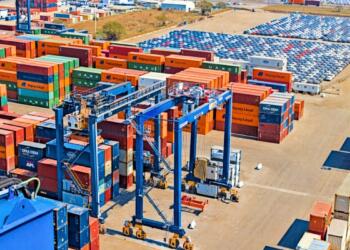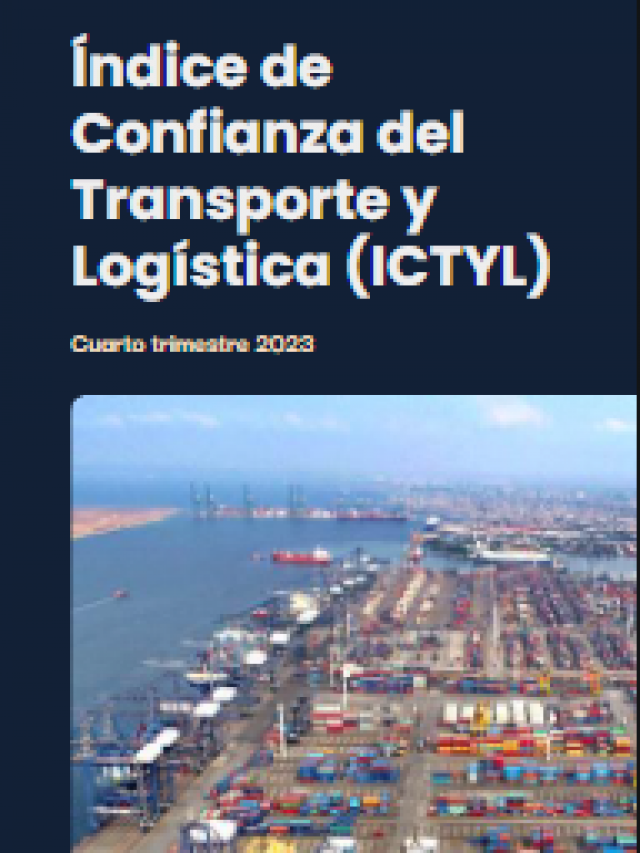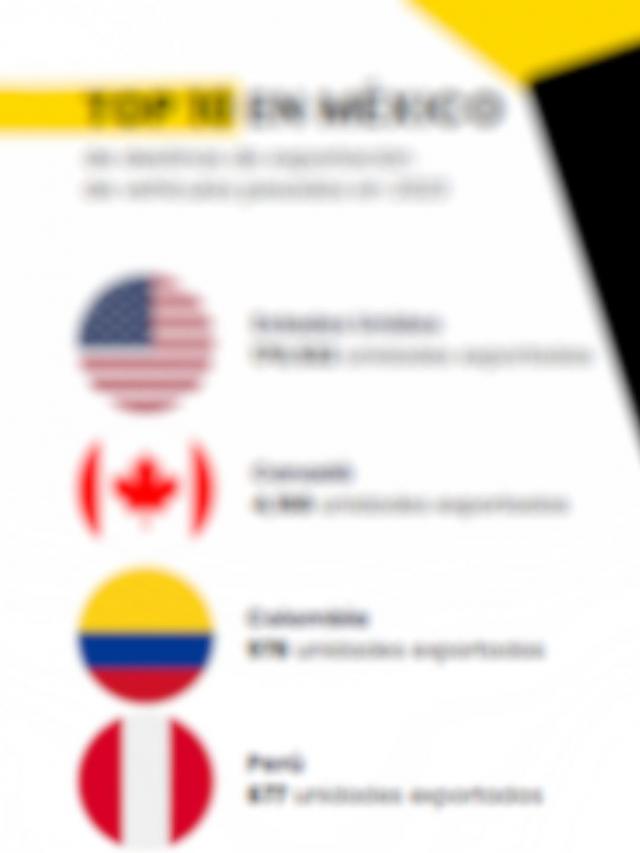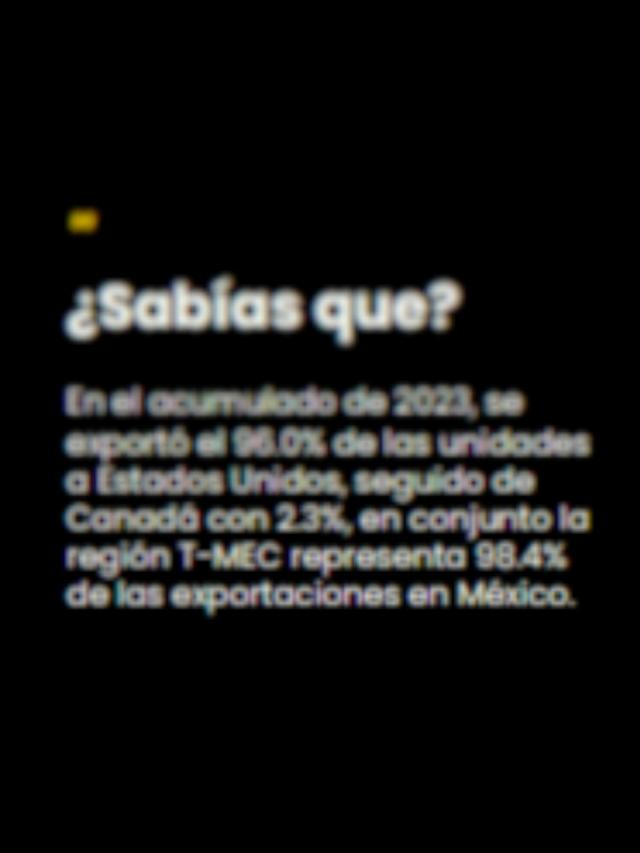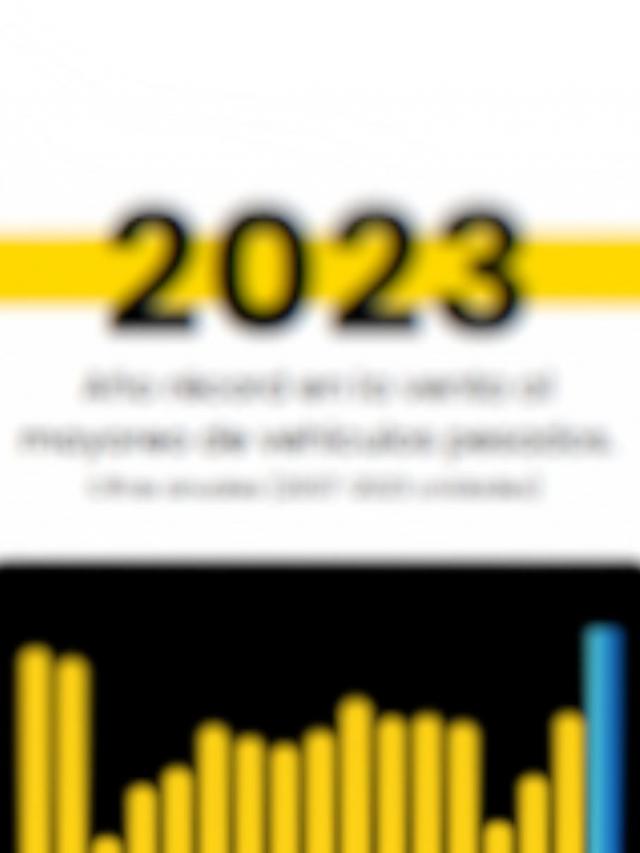
For years, Coahuila’s industrial muscle was strong, but without a formal axis that articulated its logistics potential. That story began to change in 2025 with the formation of the Coahuila Cluster for Logistics Innovation and Competitiveness , an initiative driven by the business sector that seeks to position the state as a logistics hub of international reach.
“We should have had this position a long time ago. But the opportunity came at just the right time: with strategic projects on the border, saturation at crossings like Nuevo Laredo, and a business ecosystem that demands efficiency and coordination,” said Enrique Sánchez García, director of the cluster, in an interview with T21 .
The first challenge wasn’t technical, but cultural. The cluster team had to go out and explain, raise awareness, and generate enthusiasm around a concept that, until then, seemed reserved for experts, said Sánchez.
The task was to demonstrate that logistics is not just a matter for operators, transporters, or customs agencies, but a reality that affects everyone’s lives: from ordinary citizens to tractor-trailer drivers.
For the cluster, moving away from viewing logistics as a niche issue is essential. Its goal is to transform it into a genuine, visible, cross-cutting, and strategic development policy.
And there are compelling reasons. Coahuila exported more than $33 billion in 2024 , according to data from the Ministry of Economy (SE) , primarily in auto parts, silver, and automotive components.
Furthermore, its active workforce reaches 1.58 million people , of whom more than 63,000 are employed in metal assembly and manufacturing activities. This industrial volume demands a commensurate logistics network.
One of the cluster’s pillars is the professionalization of the sector. Currently, there are only 27 operator training centers in all of Mexico, and only seven are located in the northeast region. In response to this shortfall, the cluster is working to establish partnerships with universities and offer online postgraduate programs aimed at those already working in logistics, regardless of their initial academic background.
“It’s not just about developing new talent, but also strengthening those who already drive this industry every day,” Sánchez emphasized.
He commented that this is where the interest in integrating academic institutions from across the state comes from.
In addition to business and academic support, economic data confirm Coahuila’s strategic momentum. In March 2025 , according to the Ministry of Economy and Finance, the state recorded a trade surplus of $1.481 billion , with exports totaling $2.972 billion and international purchases totaling $1.491 billion.

These figures reflect a robust production system , closely linked to sectors such as auto parts, metal manufacturing, and industrial components. This volume requires infrastructure, coordination, and logistics professionalization—precisely the terrain the cluster seeks to impact.
Coahuila is also characterized by its current infrastructure: it has nine thousand kilometers of roads used by 350 thousand cargo vehicles per month , belonging to 31 thousand companies in the northeast, according to figures presented during the cluster’s inauguration.
In the future, one of the key goals will be to position Coahuila as a key hub for the international supply chain, taking advantage of its strategic location and the strengthening of border infrastructure, Sánchez explained.
To achieve this, the cluster will not work alone: it has established as a principle direct collaboration with the three levels of government , with whom, according to Sánchez, there is a strong relationship aligned with promoting regional economic development.
The vision, he stated, is shared: to transform logistics into an engine of sustained growth, based on innovation, academic inclusion, and social development.
In addition to better coordinating the state’s logistics, the cluster seeks to propose a new economic development model . It does not intend to replace the industrial path that Coahuila has followed for decades, but rather to update it.
Through innovation, technology, and human talent, the goal is clear: to transform the entity into a competitive, resilient logistics hub ready to attract new investments.
“If Coahuila wants to compete strongly in international trade, it needs to take control of its logistics chain, and that starts by professionalizing it from within,” Sánchez concluded.
Comment and follow us on X:@karinaquintero / @GrupoT21








